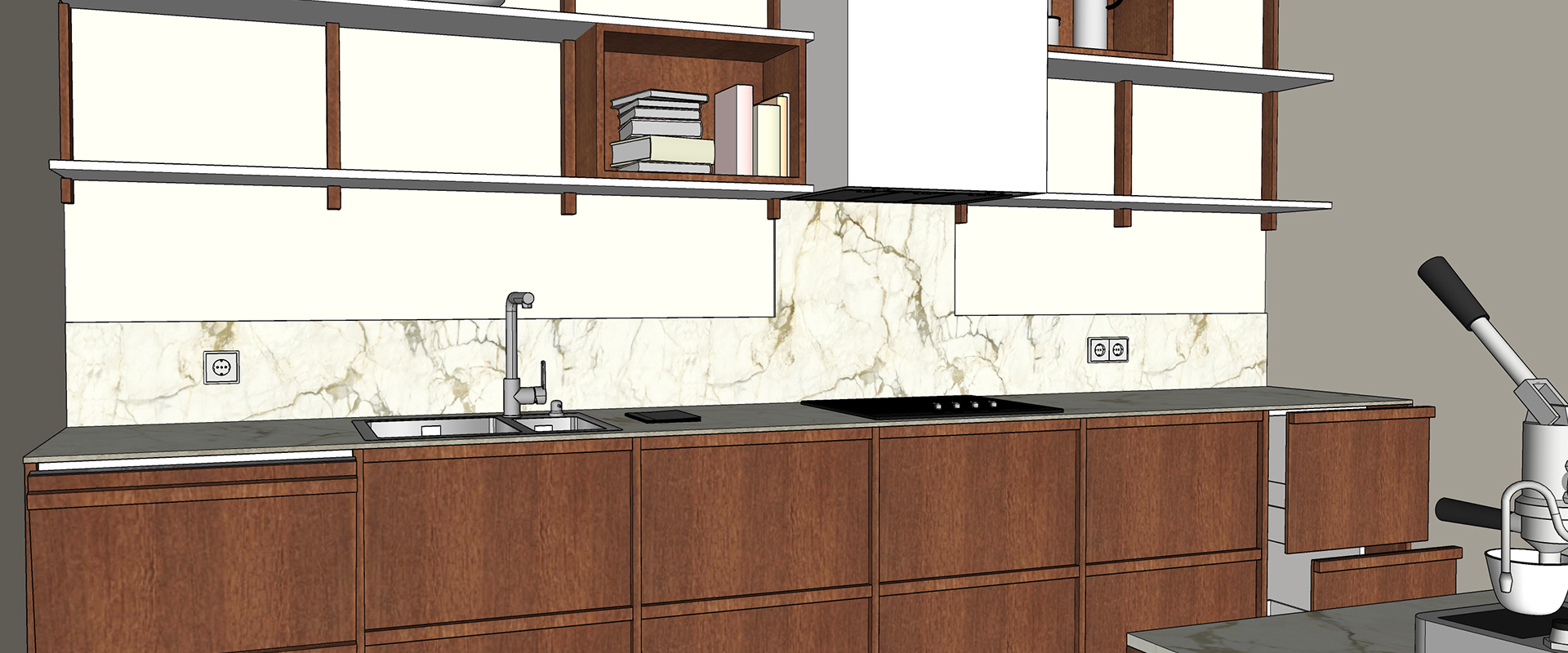
As interior designers we are often remodelling private and commercial spaces. Every time we are shocked at the waste produced. In order to save on time and money, unfortunately not everything is sorted as it should be and/or disposed of correctly. We try to do our part, but when that “wrecking ball” comes, it's nearly always too late.
When we set out to find a new home, we knew we wanted to buy and not build – we wanted to give life back to a home not start one from scratch. We also knew we were going to approach the design and construction process differently than what we have often experienced on job sites. So the search for a home that needed some TLC began. Then we stumbled across our dream home in the form of a 1970s bungalow. We could tell this place was loved by the previous owners, but much of it was untouched since the day it was built.
Below we will share with you some tips on how to make your next renovation project.
3 ways to help you make more sustainable decisions when renovating
Sustainability in buildings is not only about building a new energy efficient house using i.e. geothermal heating or solar panels, but also about using materials that will have lasting value.
1. Sustainability by adding value
The majority of homes purchased will be an existing structure, not a new build. Land is becoming more scarce and while the existing houses on them may not be ideal, by giving value back to them is a sustainable way to make a house your dream home. After all, the best way to be sustainable in our industry is to renovate an existing home, not tear it down and rebuild.
2. Sustainability when choosing furniture and accessories
Make conscious decisions with furniture and accessories you select. “Movable items” are much easier to discard with changing trends. We believe high-quality furniture and accessories are a better option because they last longer, you will value them more simply because of their price and therefore not quickly discarded. Now that is sustainable thinking!
3. Sustainability when selecting (static) materials
We are interior designers. We love interiors and the walls that create them. When it comes to renovating, we strive to make decisions that will reduce the amount of waste and add present and future value to the house. But ultimately, you can easily do this too by being:
- Conscious to look to the past to see what will remain in the future – e.g. marble and other natural stones have been around for 100s of years, and are still considered beautiful today and therefore we can be confident they will continue to be desired in the future.
- Conscious to use high quality, long-lasting materials – focus on materials with longer life spans. Overproduced, cheap materials have short life spans that will need to be replaced sooner.
- Conscious about how materials can positively or negatively affect your daily life – maintenance and cleaning is a big topic. If the materials selected cause stress, they will be quickly replaced.
To sum it up, think consciously, not radically. Choose materials that are timeless, long-lasting (quality), easy to maintain and can evolve with you as your life changes.
The Design
First of all, on the topic of sustainability, we did not throw away the previously installed kitchen. We disassembled it and reinstalled it downstairs in our basement for guests. We simply sanded it, gave a nice coat of paint and then put it back to work. Now back to the main kitchen. We purposefully decided to not open our kitchen up into the dining and living area. The kitchen is a good size as it is and, while we like open concept living for some spaces, we personally prefer to have separate rooms which serve different functions. We started by first selecting the wood for our cabinetry and the countertops we wanted to use, SapienStone countertops. We wanted to specifically use materials that are natural and sustainable in its production, life span and, if the time were to ever come, in how it can be recycled. From there, we then started our design process.
As mentioned previously, we have a 1970s home and we wanted to come up with a design that gives a nod to the 70s, but also looks forward to the future. We chose a beautiful dark brown bamboo for all the cabinetry. Dark cabinetry and woods are very much on the rise again, but were also common in the 70s. So for us, it was the perfect choice. But obviously, we wanted to infuse our own personal style and aesthetic into the kitchen. We love the simplicity and lines found in Japanese design in architecture. Therefore we went with a simple, yet strong grid design on our cabinetry. But with all this dark wood and strong lines, we knew we needed to soften it up with something lighter and more organic. This is why we chose the white and brown Calacatta Macchia Vecchia countertop, that picks up the same brown tones found in the cabinetry. It gives us the organic contrast that our kitchen design so desperately needed.

To further the overall look of the room, we added some open-shelving which follows the same lines as the cabinetry and picks up the same warm white colour found in the Calacatta Macchia Vecchia SapienStone countertop. We will mix it with a few retro-style kitchen appliances from another Italian brand, Smeg, and the look of the kitchen will be the perfect mix of the past, present and future.
But not only will the kitchen look great, we know it will last. Quickly referencing back up to number 3 above, our kitchen, especially our SapienStone countertops, fulfills everything on that list. We are so excited to get this kitchen installed and share with you the end result. Stay tuned!